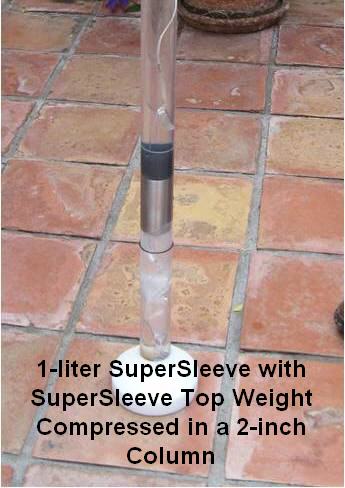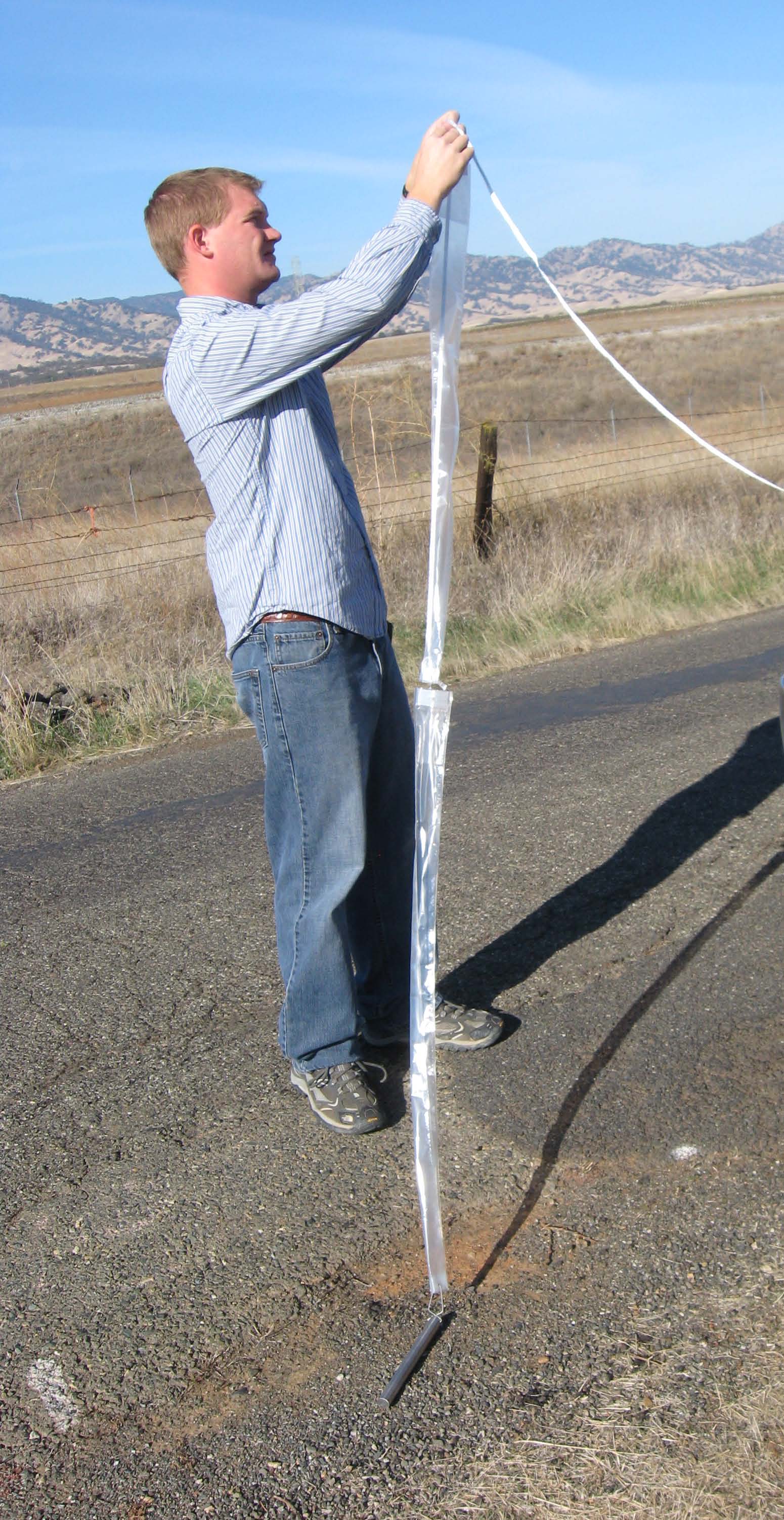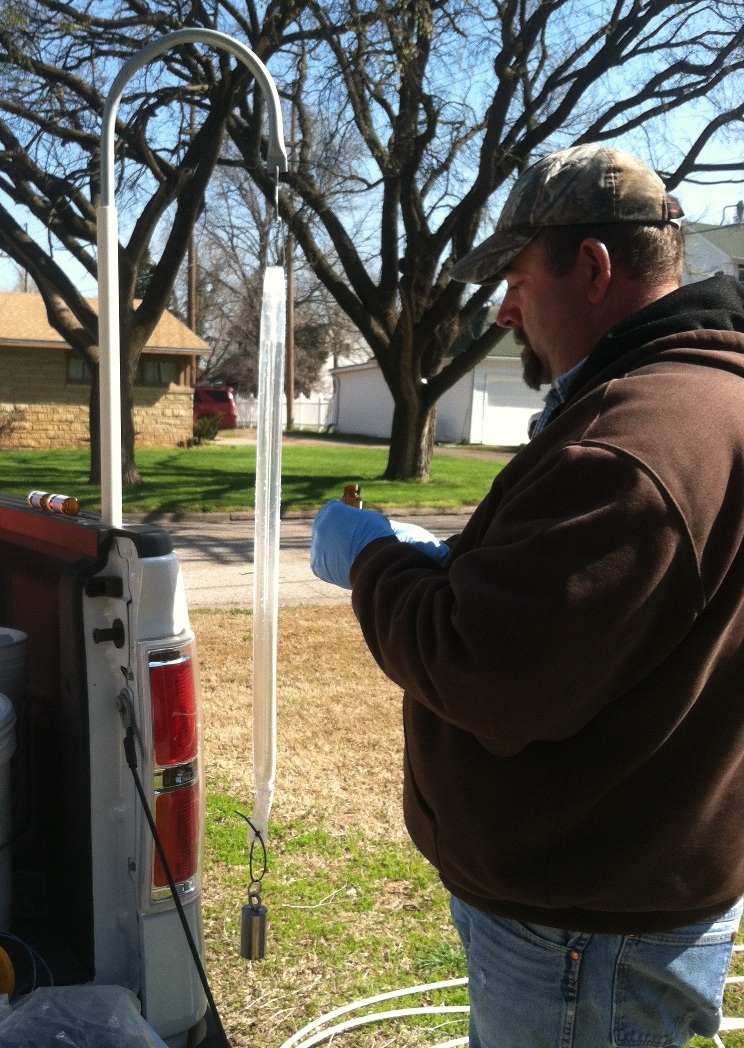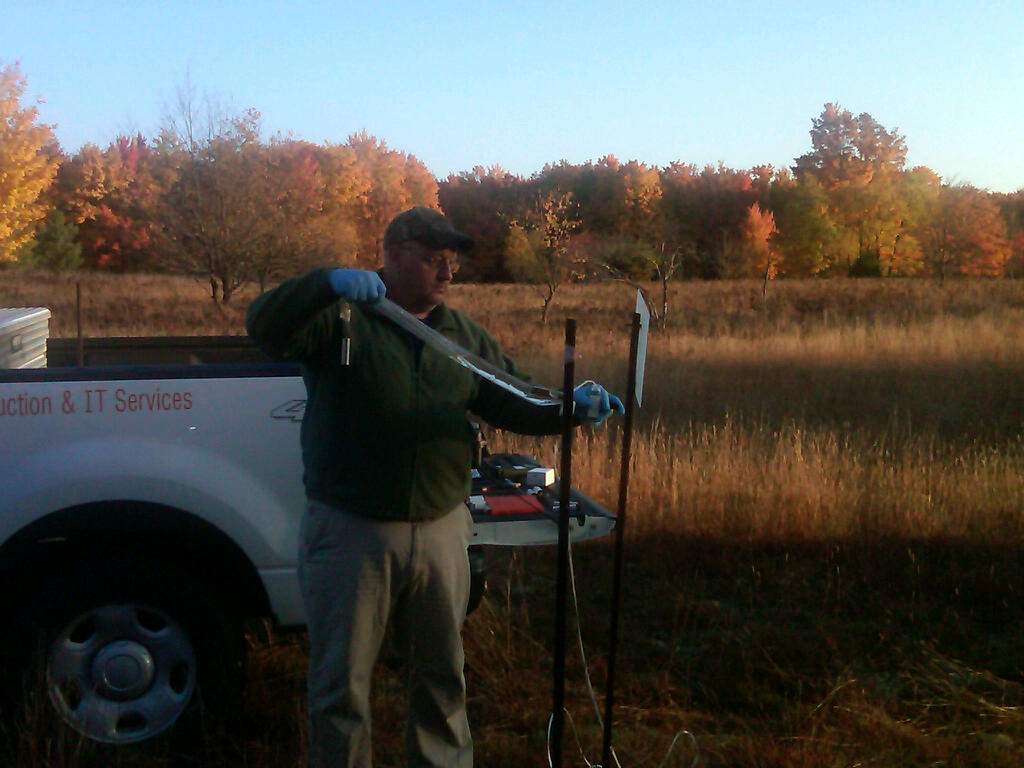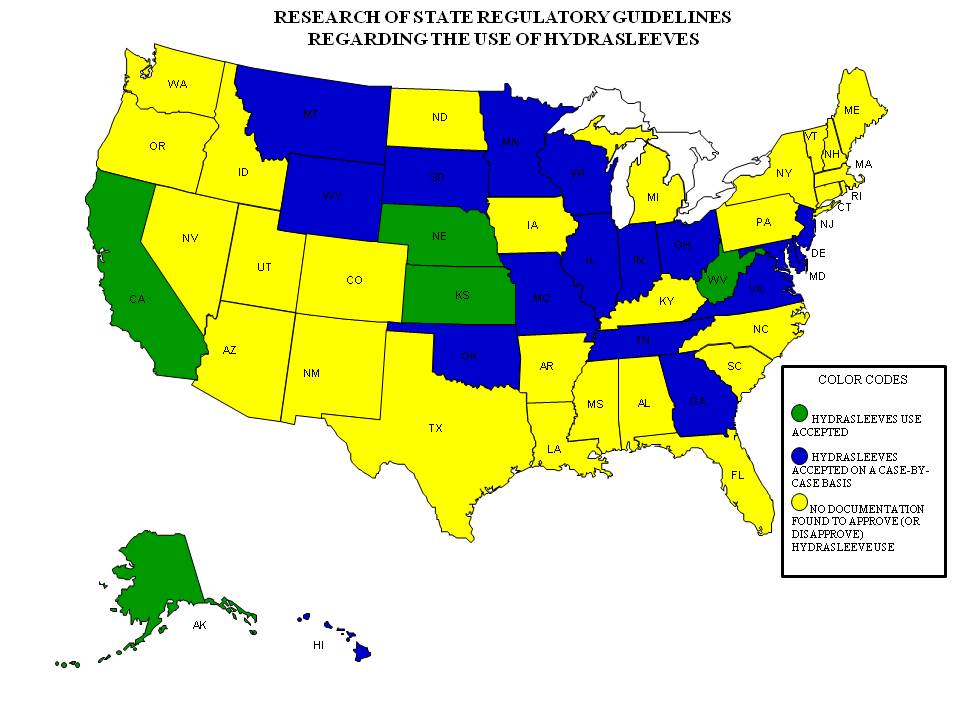As the patent holder for the HydraSleeves and SuperSleeves, customer service is very important to us. The information in this article explains how to identify HydraSleeves and lot numbers.
We try to investigate thoroughly if there are any problems using HydraSleeves in the field.
In the unlikely event that something doesn't go as planned in the field, please see the information below about what it takes to help us identify and correct any problems.
As they say, a picture is worth 1000 words - in this case a picture is probably worth more.
If your HydraSleeve set up is not working to your satisfaction, please take a picture! A quick photo of the HydraSleeve with the weight set up will help us see your particular configuration and how they were assembled in the field. A photo of the top of the well is also very helpful. If something comes out of the well broken, please snap a photo immediately, if possible. If cameras are not allowed on site, save the damaged goods and send us a photo later, or return the actual items for inspection. Any pictures available will help immensely in identifying what could have went wrong and finding a solution to the problem.
In addition to the weight set up, size of your HydraSleeve, and well information, we will also ask for the lot number of the HydraSleeve. The lot number can be found on the seal which is embossed on each HydraSleeve sold since 2011. It's a bit difficult to photograph the actual seal which is located at the bottom of the HydraSleeve. Included on the seal are the product's patent numbers, part number, lot number and manufacturing year. Here's a photo of the actual stamp with the part number, lot number and year magnified to show up better here in print. We have also darkened the graphic of a different HydraSleeve to emphasize the important information.
This is HS-2, LOT #692610, made in 2013.
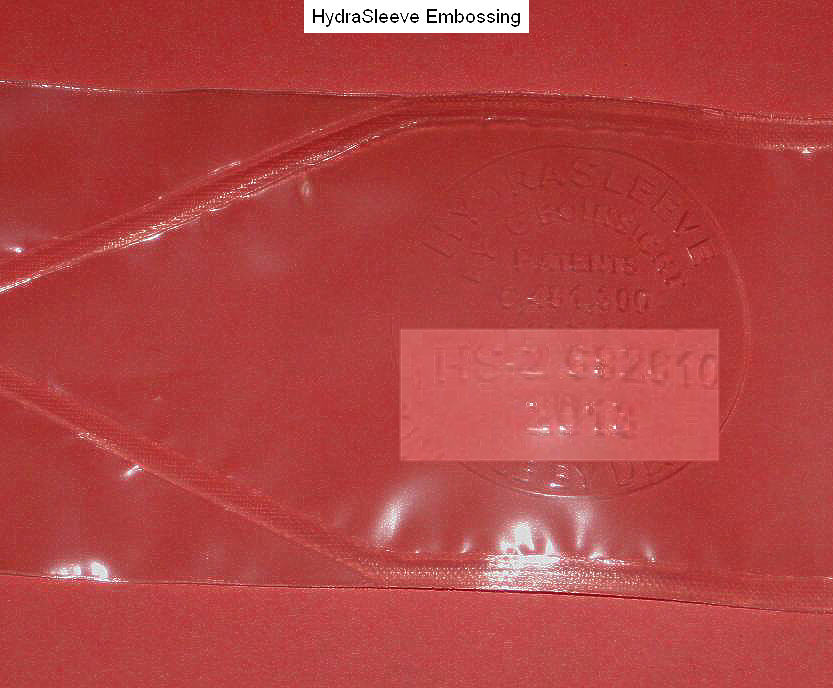
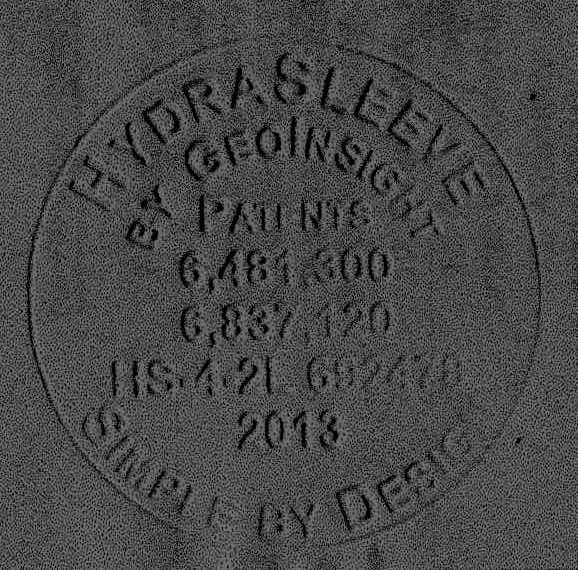
In many cases when there are problems with the HydraSleeve in the field, it can usually be corrected with a different weight set or correcting the assembly set up.
Sometimes the chosen HydraSleeve is not the most efficient or correct one for the well configuration. Sometimes it's just an incorrect application. No matter what the trouble, we are here to work with you. Please do let us know if you have any questions or need any assistance with your set up, we are always happy to help.

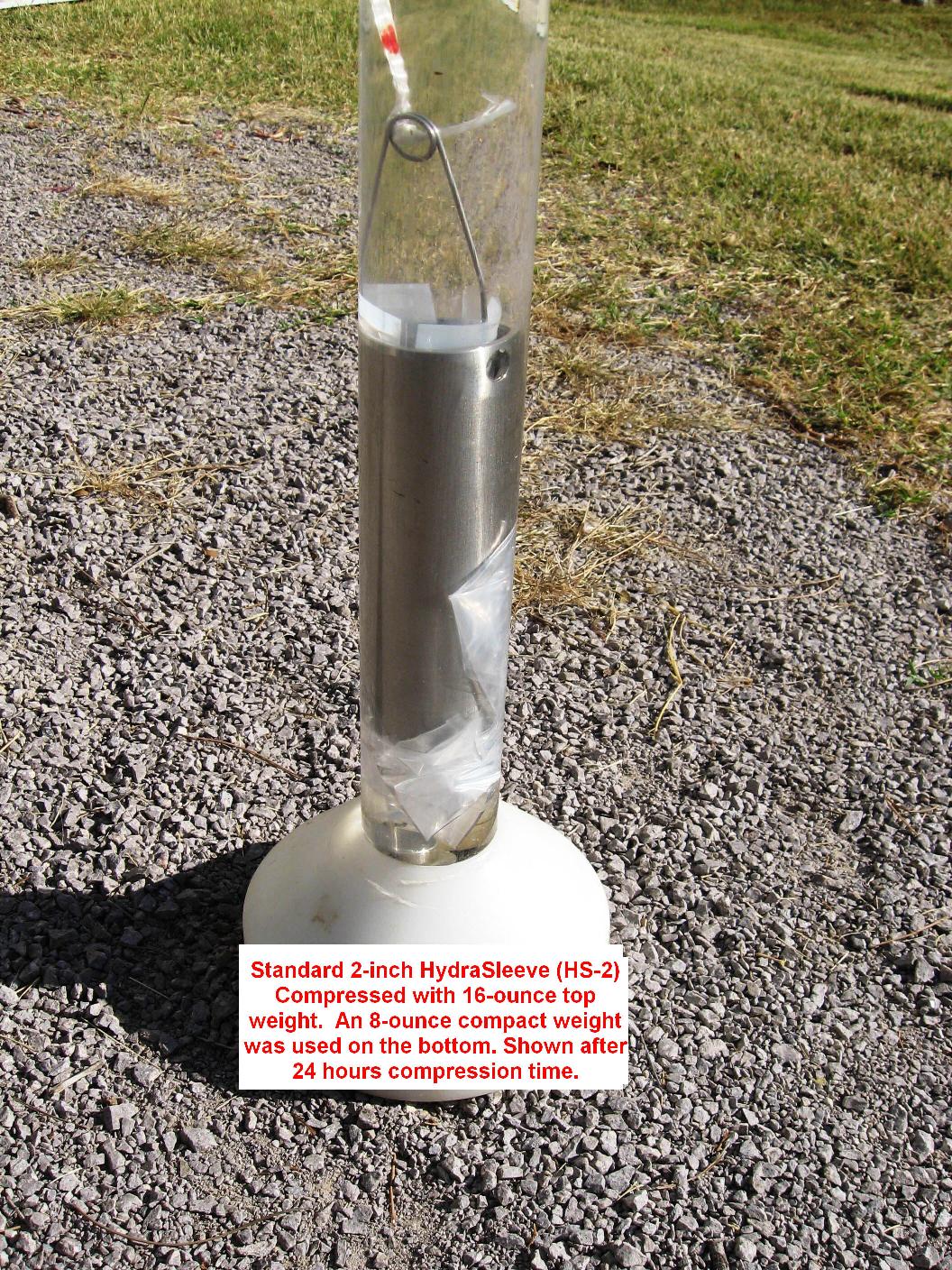 d most importantly, why would you want to use a top weight?
d most importantly, why would you want to use a top weight? 